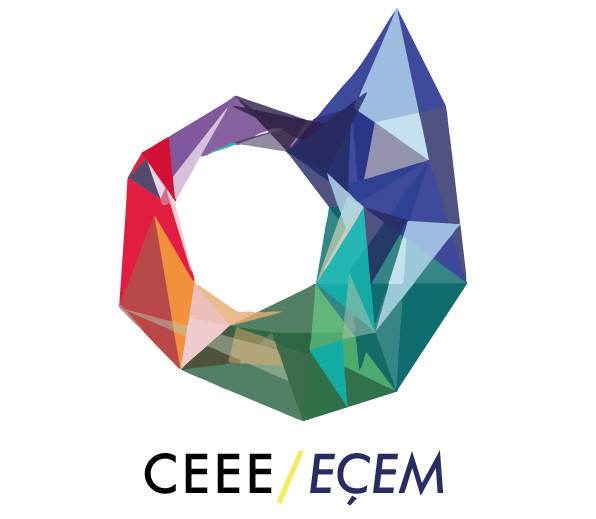Nano-Scale Thermal Sciences
Nanoscale refers to nanometer, or onebillionth of a meter. It is roughly equal to the influence distance of 34 atoms, and the underlying physics falls between classic physics and quantum physics. Therefore, it is the most fundamental aspect of materials and the related physical phenomena, including thermal sciences. Understanding of nanoscale phenomenon allows us to design new tools, gadgets and processes not only by capturing the essence of fundamental physics but also by designing new materials that can be used for different applications.
At nanoscales, both conductive and radiative heat transfer should be defined using new concepts and equations. Conduction heat transfer involves electrons and lattice-based phononic mechanisms, and in essence be comes similar to the fundamentals of classical radiative transfer. Radiative heat transfer at nanoscales, on the other hand, requires the understanding of plasmonics and phononic interactions, which need to be based on Maxwell’s electromagnetic wave equations and on fluctuational electrodynamics.
Our studies at CEEE have focused on designing new processes by changing the structures of materials. This would be the first step to develop new sensors. Also, by understanding the nanoscale phenomena, we developed new computational tools for energy harvesting, for radiative cooling and for nanoscale manufacturing using atomic force microscopy. New concepts inspired by the biological structures from nature have also been developed for different applications. Moreover, nanofluids based on nanoscale particles have been studied extensively for applications towards cooling systems and concentrating solar collectors.


